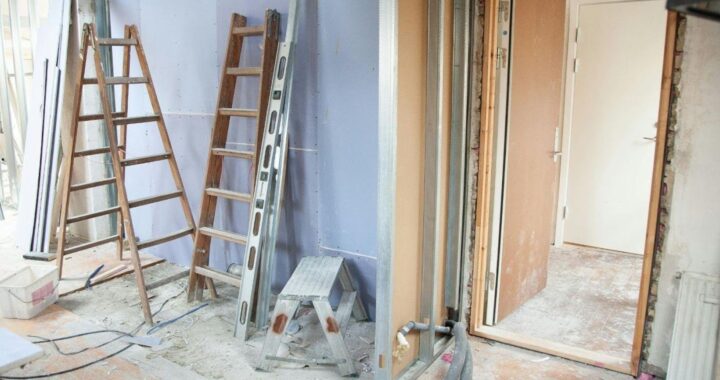How Filtration Supports Health Equity and Conscious Consumption

Access to clean drinking water is often taken for granted in developed regions, yet for millions around the world, it remains a daily challenge. Contaminated water contributes to a wide range of health issues, from gastrointestinal infections to long-term exposure to heavy metals and industrial pollutants. The reality is stark: health equity begins with safe water. Without it, communities face systemic disadvantages that ripple across education, employment, and overall well-being.
Filtration technology plays a critical role in bridging this gap. Whether through large-scale municipal systems or household-level solutions, water filters help remove harmful substances and provide a safer, more reliable source of hydration. But filtration is not just about removing impurities. It’s about restoring dignity, reducing health disparities, and empowering people to take control of their wellness.
Conscious Choices Start at the Tap
In recent years, consumers have become more aware of the environmental and ethical implications of their purchases. Conscious consumption is no longer a niche movement—it’s a mainstream expectation. People want to know where their products come from, how they’re made, and whether they contribute to a healthier planet. Water filtration fits squarely into this mindset.
When individuals choose to shop for water filters, they’re making a statement about their values. They’re opting out of single-use plastic bottles, reducing waste, and investing in long-term solutions that benefit both their household and the environment. The act of purchasing a filter becomes more than a transaction. It becomes a commitment to sustainability, health, and social responsibility.
Filtration as a Tool for Empowerment
Beyond convenience, filtration systems offer autonomy. In areas where tap water is unreliable or potentially unsafe, having a personal filtration device can mean the difference between dependence and independence. It allows families to make informed decisions about their health without relying solely on external infrastructure.
This is especially important in marginalized communities, where access to clean water may be inconsistent or unaffordable. Filtration empowers individuals to take control of their circumstances. It reduces the burden on public health systems and gives people the tools to protect themselves proactively. In this way, filtration is not just a product—it’s a form of empowerment.
Bridging the Gap Between Innovation and Accessibility
While high-end filtration systems offer advanced features and sleek designs, the real challenge lies in making these technologies accessible to those who need them most. Affordability, education, and distribution are key factors. Brands and organizations that prioritize outreach and community engagement are helping to close this gap.
Innovative models like gravity-fed filters, portable purifiers, and refillable cartridges are making clean water more attainable. These solutions are particularly valuable in rural areas, disaster zones, and regions with limited infrastructure. By focusing on scalable, low-maintenance designs, manufacturers can ensure that filtration is not just a privilege for the few, but a resource for the many.
A Shared Responsibility
Health equity and conscious consumption are deeply interconnected. When consumers make informed choices, they influence market trends, encourage ethical production, and support broader social change. Filtration is a clear example of how individual decisions can have collective impact.
Whether it’s choosing a filter for your home, supporting clean water initiatives, or advocating for better infrastructure, every action counts. The ripple effect of these choices extends far beyond the kitchen sink. It touches communities, ecosystems, and future generations.


 Family-Friendly Living Starts Here: Choosing the Right Package for Your Growing Household
Family-Friendly Living Starts Here: Choosing the Right Package for Your Growing Household  Staying Safe on the Sparks: How Hot Work Fire Watch Services Are Preventing Industrial Disasters
Staying Safe on the Sparks: How Hot Work Fire Watch Services Are Preventing Industrial Disasters  How to Choose the Right Heating System During Home Construction
How to Choose the Right Heating System During Home Construction